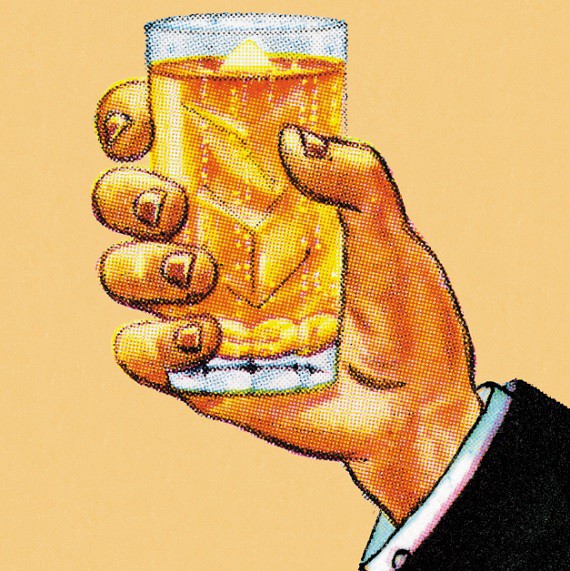Simplifying cocktails for consumers so they can be made in the home widens the opportunity for brand awareness. Kevin Baker, global travel retail director of Marie Brizard Wine & Spirits, says this is an important distinction between the on and off-trade opportunity: “Bartenders and the on-premise will continue to imbue their creations with a degree of magic and mystery that will appear to be beyond the capabilities of ordinary consumers. As a result, it is the brands’ responsibility to highlight the ease with which classic and signature cocktails can be made at home and we are seeing increasing evidence of this in advertising and PR.”
Liqueurs’ innate diversity has never been helpful in communicating a homogenous identity. But, spun the right way, this versatility means there are styles to meet a multitude of tastes and drinking occasions.
St Germain’s Ralph Vidal believes there are liqueurs for all times of the day. “My book, How To Drink French Fluently, which I launched last year, really showcases the versatility of liqueurs. I organised it by time of the day, so it’s five chapters – brunch, daytime, aperitif, dinner and nightcap. Cocktails can be a little overwhelming – people don’t know what to drink or when to drink it. In the future we could see this simplified approach defining the boundaries for cocktails at home.”
WHAT’S HOT?
While bitter liqueurs have been the star performers of the category in recent years, 2017 was the year of the coffee cocktail. Spearheaded by a renaissance in the Irish Coffee and Espresso Martini, this trend has been a boost for coffee liqueur brands. Named ninth in Drinks International’s World’s Best-Selling Classics, 40% of elite bartenders polled said the Espresso Martini was among their top-10 most served classics. Claudio Giuliano, global brand manager of Tia Maria, has witnessed the trend first hand. He says the coffee cocktail trend is “driven by millennial consumers” and the brand is “expecting the trend to pick up even more pace this year.” He adds that the tandem development of coffee and cocktail cultures has led to “astronomical growth”.
Coffee cocktails, many of which use liqueurs, are now an everyday occurrence on cocktail bar menus, and the advent of mixed-offering venues, such as all-day coffee and cocktail shops, are providing a new channel for liqueurs producers.
“The recently opened Chapter 72, in London’s Bermondsey, specialises in award-winning coffee from roasters to create cocktails such as a decaffeinated espresso Martini, featuring Tia Maria and Reyka small-batch vodka,” reports Giuliano.
For the rest of the category, continued education and engagement through social media will be key to keeping up with current trends and making a breakthrough, while trends such as low-abv cocktails, cocktails at home and coffee will continue to play their part in reinventing this traditional and often misunderstood category.




